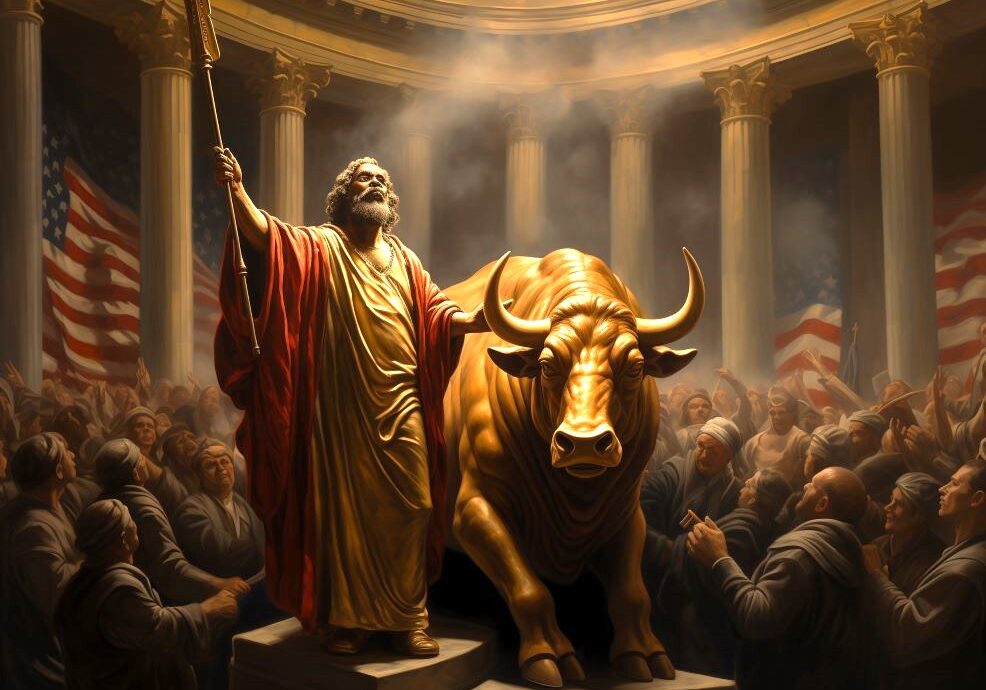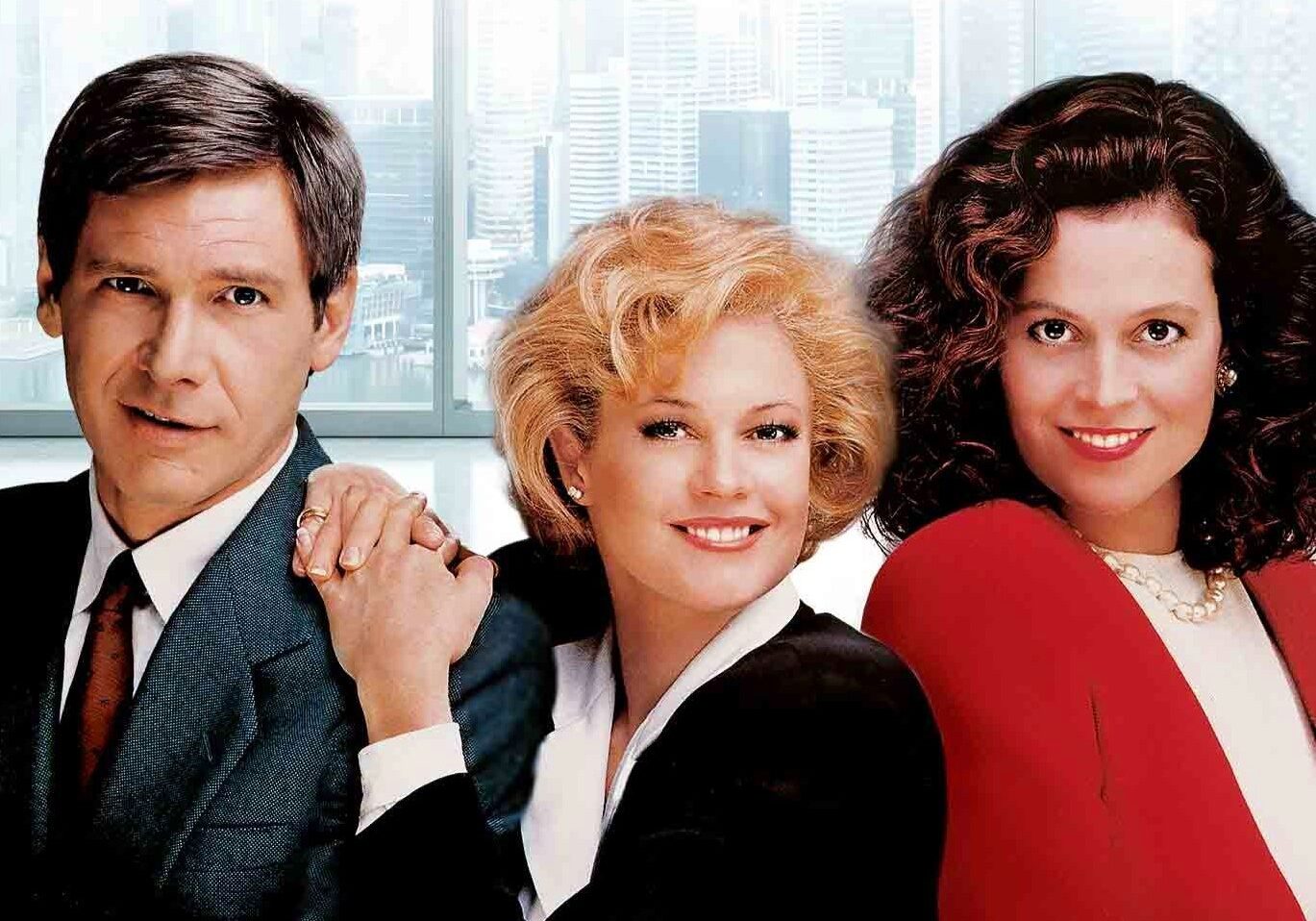Notes from the Diamond #2: Until the Truth Comes Out
To learn more about Epsilon Theory and be notified when we release new content sign up here. You’ll receive an email every week and your information will never be shared with anyone else.
Continue the discussion at the Epsilon Theory Forum
The Latest From Epsilon Theory
This commentary is being provided to you as general information only and should not be taken as investment advice. The opinions expressed in these materials represent the personal views of the author(s). It is not investment research or a research recommendation, as it does not constitute substantive research or analysis. Any action that you take as a result of information contained in this document is ultimately your responsibility. Epsilon Theory will not accept liability for any loss or damage, including without limitation to any loss of profit, which may arise directly or indirectly from use of or reliance on such information. Consult your investment advisor before making any investment decisions. It must be noted, that no one can accurately predict the future of the market with certainty or guarantee future investment performance. Past performance is not a guarantee of future results.
Statements in this communication are forward-looking statements. The forward-looking statements and other views expressed herein are as of the date of this publication. Actual future results or occurrences may differ significantly from those anticipated in any forward-looking statements, and there is no guarantee that any predictions will come to pass. The views expressed herein are subject to change at any time, due to numerous market and other factors. Epsilon Theory disclaims any obligation to update publicly or revise any forward-looking statements or views expressed herein. This information is neither an offer to sell nor a solicitation of any offer to buy any securities. This commentary has been prepared without regard to the individual financial circumstances and objectives of persons who receive it. Epsilon Theory recommends that investors independently evaluate particular investments and strategies, and encourages investors to seek the advice of a financial advisor. The appropriateness of a particular investment or strategy will depend on an investor’s individual circumstances and objectives.









"Why risk disgrace when one is already rich and widely lauded as being among the best-ever in one’s chosen craft? Perhaps Shakespeare answered this question best in Measure for Measure, which among other lessons teaches that most folks’ vices are simply their virtues taken to an extreme. "
Somewhere under this rubric fits Martha Stewart’s insider trading behavior.
Anyone who has ever managed successful (especially Wall Street) salespeople intuitive knows your above Shakespeare aphorism.
And, re McCourt - because of Ben, the word “raccoon” automatically assigns itself in my mind to people like him. Also, as a life-long NYC / NY region denizen, but one who lived in Boston for eight years in the late '90s / early '00s when you could walk to Fenway before a day game and buy scalped tickets for decent seats at not-crazy prices a half hour before game time, I can’t image Boston - or baseball - without Fenway. “Baseball” supposedly understands the importance of its history - there’s no greater test of that than if it can keep Fenway.
Well put, Mark. Perhaps obviously … I agree. 100%.